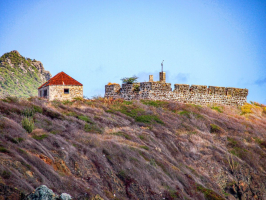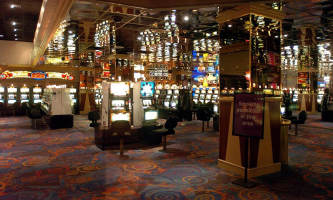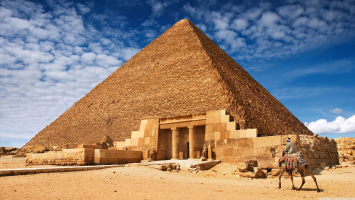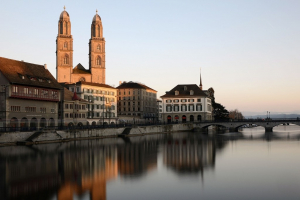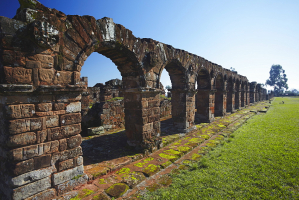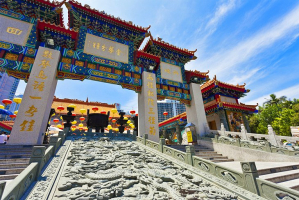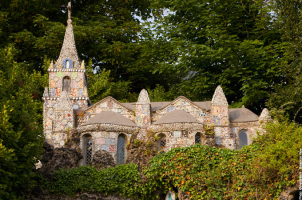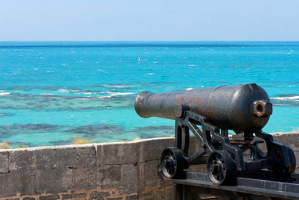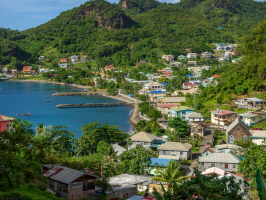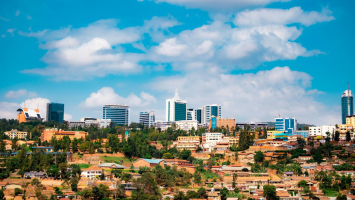Top 7 Destroyed Cultural Heritage Sites
These international accords define the destruction of cultural sites as a war crime. However, it doesn't follow that military organizations have stopped doing ... read more...it. Here are some of Destroyed Cultural Heritage Sites.
-
The Dalmatian coast's "Pearl of the Adriatic" developed into a significant maritime force in the Middle Ages. Dubrovnik's lovely Gothic, Renaissance, and Baroque churches, monasteries, palaces, and fountains were able to survive the devastating effects of an earthquake in 1667. Armed strife caused further damage to it in the 1990s, and it is now the subject of a significant repair program overseen by UNESCO.
The city of Dubrovnik was founded in the seventh century when Slavs and Romans moved along the Adriatic Sea coast. It developed as a significant trading force, earning Lord Byron the moniker "Pearl of the Adriatic" in the 19th century. The "Old City" or "Old Town" section of Dubrovnik was declared a World Heritage site by the United Nations Educational, Scientific, and Cultural Organization in 1979.
The city sustained significant damage in 1991 and 1992 when Dubrovnik was under siege as a result of the Yugoslav Wars. Projectiles struck more than two-thirds of the Old City's structures, and three of them caught fire. The former Yugoslav general Pavle Strugar was given an eight-year prison term in 2005 by the International Criminal Tribunal for the former Yugoslavia for war crimes that included destroying Dubrovnik's historical landmarks.- Country: Croatia
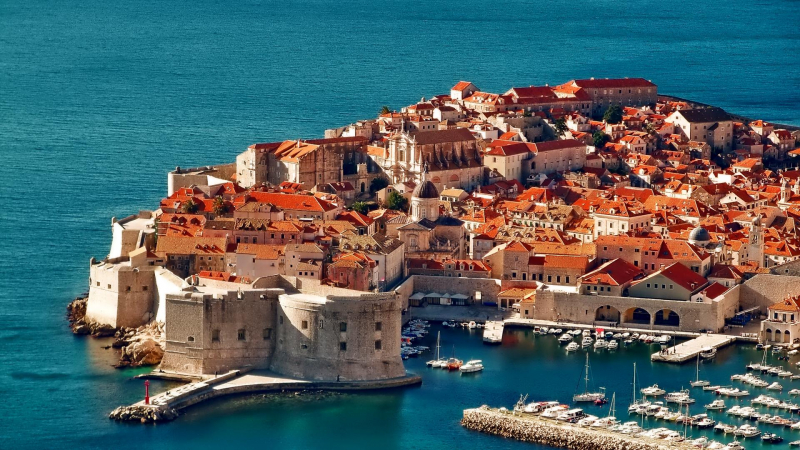
https://taxipodgorica.com/ Amazing Places on Our Planet channel on Youtube -
The Sarajevo city's Vijenica (City Hall), also known as Vijenica, is there. Karel Pak, a Czech architect, began designing it in 1891 but stopped after receiving criticism from the minister, Baron Béni Kállay. At first, it served as Sarajevo's city hall and was the largest and most prominent edifice from the Austro-Hungarian era.
Sarajevo's ancient City Hall, or Vijenica, was built in the 1890s. Its architecture was influenced by Islamic styles, particularly the Mamluk style that was popular in Cairo, Egypt, between the 13th and 16th centuries. It was transformed into the National Library by the city in 1949.
When the Vijenica burned down in 1992 due to the Sarajevo Siege, about two million books were lost. The Vijenica was renovated by the city and reopened to the public in 2014.- Country: Bosnia
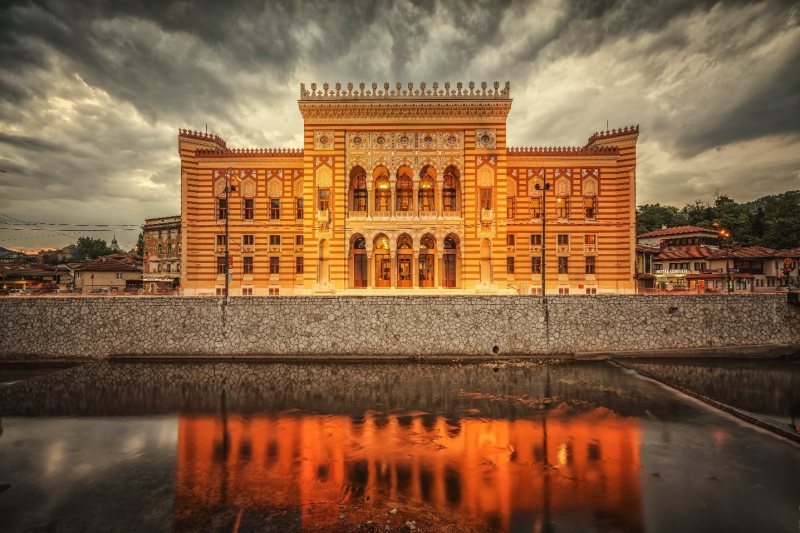
http://upis.unsa.ba/ TRT World channel on Youtube -
The largest and one of the oldest mosques in Aleppo, Syria, is known as the Great Mosque. It is situated next to the entrance to Al-Madina Souq in the al-Jalloum neighborhood of the Ancient City of Aleppo, a World Heritage Site. Zechariah, the father of John the Baptist, is supposedly buried in the mosque; both of them are honored in Islam and Christianity.
The Buddhas of Bamiyan were formerly the highest Buddha monuments in existence. The tallest one, which was carved into a cliff in the sixth century, was over 170 feet. The Buddhas soon gained a reputation as a sacred place. The Chinese traveler Xuanzang claimed tens of thousands of monks congregated close to the statues in 629 A.D.
But over several weeks in 2001, the Taliban bombed the Buddhas, destroying them. The idolatrous sculptures in Afghanistan were destroyed as a result of Mullah Mohammed Omar, an Afghan spiritual leader, ordering their removal.- Country: Afghanistan
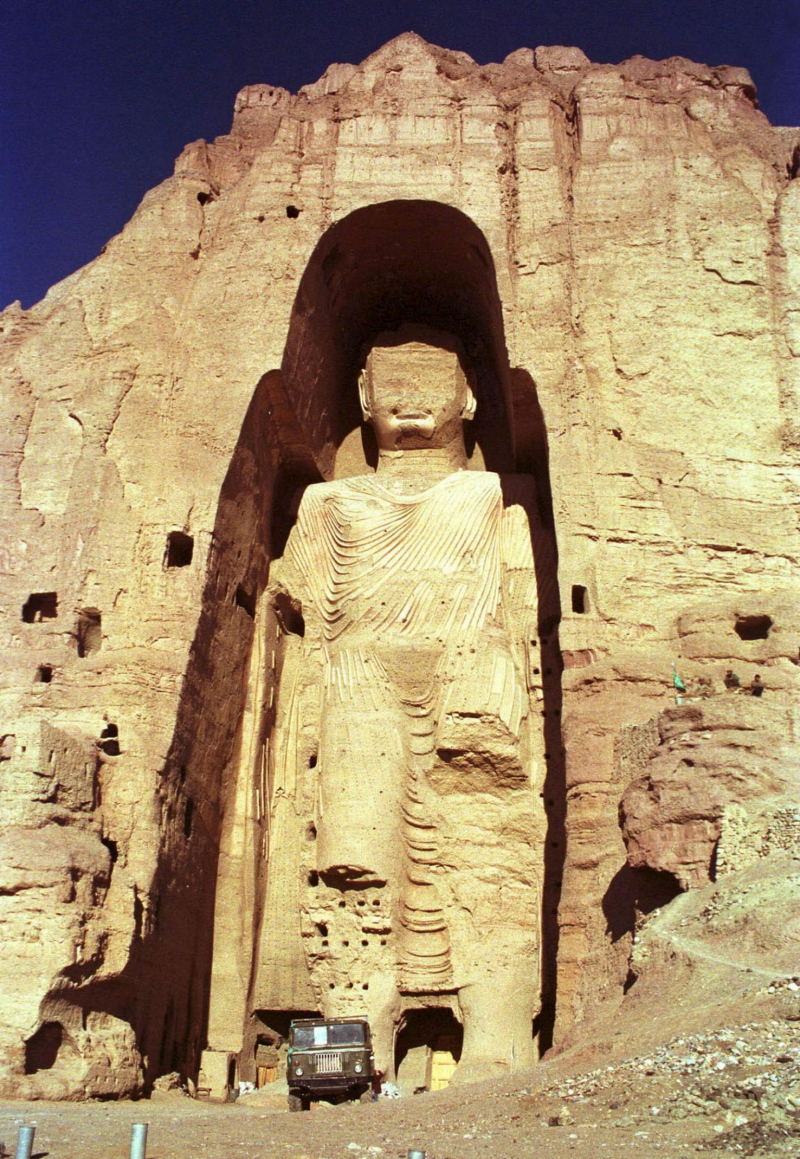
https://www.reddit.com South China Morning Post channel on Youtube -
The Djinguereber Mosque in Timbuktu was constructed by the Mali Empire in the fourteenth century under Mansa Musa. It is still a vital component of modern city life and is constructed from pounded dirt and wood.
However, when the extremist Ansar Dine group stormed the city in 2012, the mosque only sustained little damage. The gang destroyed Islamic shrines in the city that the Ansar Dine regarded to be sacrilegious as well as two of Djinguereber's tombs. The International Criminal Court prosecuted Ahmad al-Faqi al-Mahdi for harming these sites in 2016, marking the court's first case involving the destruction of cultural sites as a war crime.- Country: Mali
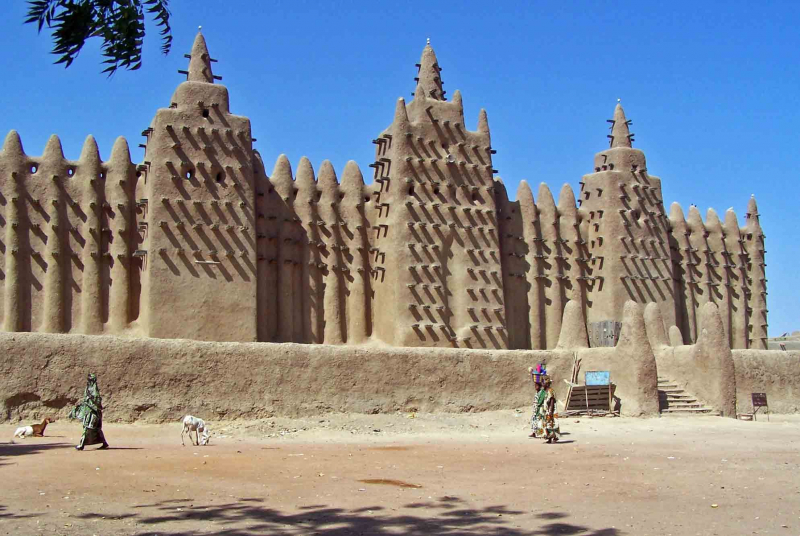
https://www.pinterest.com/ instruments4Africa channel on Youtube -
The largest and one of the oldest mosques in Aleppo, Syria, is known as the Great Mosque. It is situated next to the entrance to Al-Madina Souq in the al-Jalloum neighborhood of the Ancient City of Aleppo, a World Heritage Site. Zechariah, the father of John the Baptist, is supposedly buried in the mosque; both of them are honored in Islam and Christianity.
Between the seventh and the thirteenth centuries, the Great Mosque of Aleppo was constructed. It is conventionally thought to hold the remains of the prophet Zechariah, the biological father of John the Baptist. Within the Old City's perimeter, it was one of Aleppo's biggest and oldest mosques.
The minaret of the Great Mosque, a lofty tower from which a crier summons Muslims to prayer each day, was constructed in the eleventh century. However, it was destroyed in 2013 while conflict broke out in Syria. What led to the tower's fall is still a mystery. Anti-government forces were occupying the mosque at the time, and Syrian President Bashar al-administration Assad's ascribed the damage to fighters from a group with ties to al-Qaeda. Rebels, however, asserted that the location had been devastated.- Country: Syria
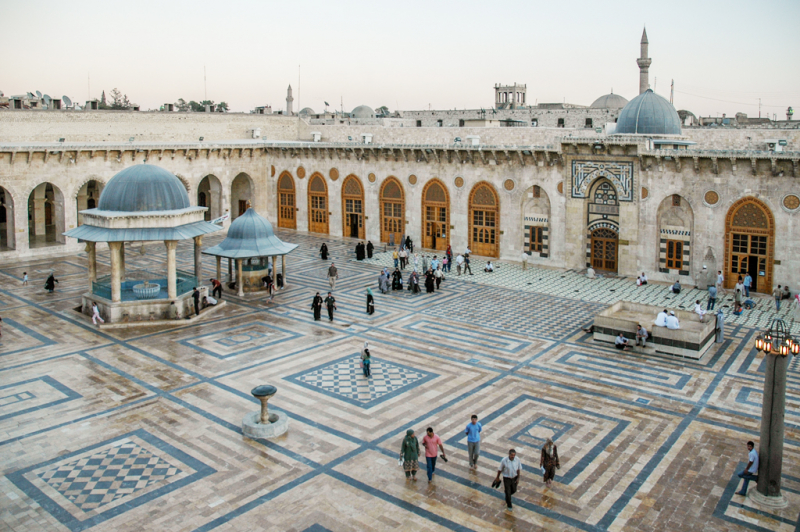
https://www.outlookindia.com/ Islam Channel channel on Youtube -
An old temple known as the "Temple of Baal" was situated near Palmyra, Syria. The temple, which was constructed in AD 32 and served as the focal point of Palmyra's religious activity, was dedicated to the Mesopotamian god Bel, who was worshiped there in triad with the lunar god Aglibol and the sun god Yarhibol. The temple would have been shut down between May 25, 385, and March 19, 388, during Maternus Cynegius' campaign against the Eastern temples, which was part of the late Roman Empire's persecution of pagans.
In the ancient city of Palmyra, the Temple of Bel was a significant place of worship. The temple was dedicated to the Mesopotamian god Bel when it was constructed in the first century (or Baal). A Roman aqueduct, more than 500 graves, and more than 1,000 columns were all present at the site.
The approximately 2,000-year-old temple was destroyed by the so-called Islamic State of Iraq and Syria, or ISIS, in 2015. The Temple of Baalshamin, another historic temple in Palmyra, was destroyed prior to the siege.- Country: Syria
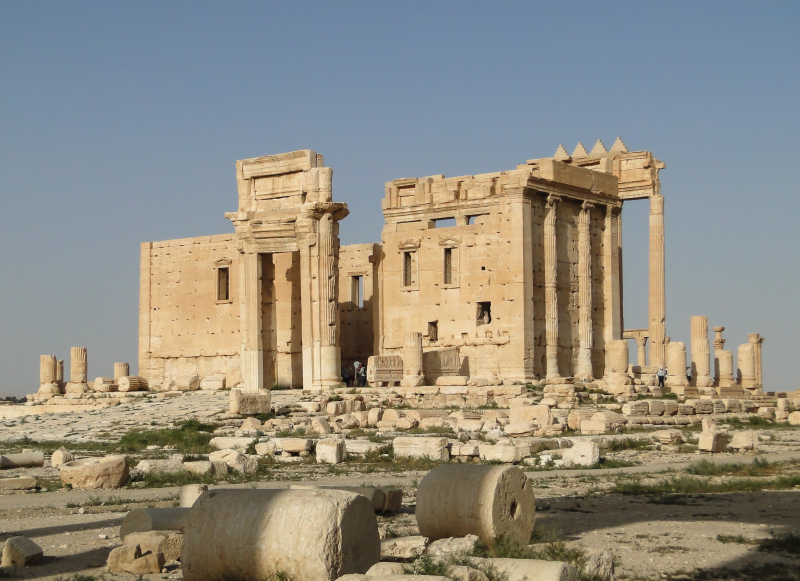
https://www.bellenews.com Arirang News channel on Youtube -
Nineveh, an ancient Assyrian city, was founded in the seventh century b.c. In the past, the city was protected by walls and numerous gates. The Adad Gate and the Mashki Gate, also referred to as the "Gate of God," were two of the most noticeable gates. In 2016, as part of its continuous attack against historical places and artifacts, ISIS demolished both of these gates.
Unconfirmed reports of the destruction of Nineveh's famous gates started to surface. Michael Danti, a professor of archaeology at Boston University and co-director of the Cultural Heritage Initiative (CHI) at the American Schools of Oriental Research, has since confirmed these reports. The U.S. Department of State and the Initiative collaborate to chronicle the damage of historical and religious sites in Syria and Iraq.
According to the CHI photos, "reliable sources" in Mosul, the city surrounding Nineveh that is controlled by ISIS, and current satellite photography, the gates and a significant chunk of the defense wall have been destroyed.- Country: Iraq
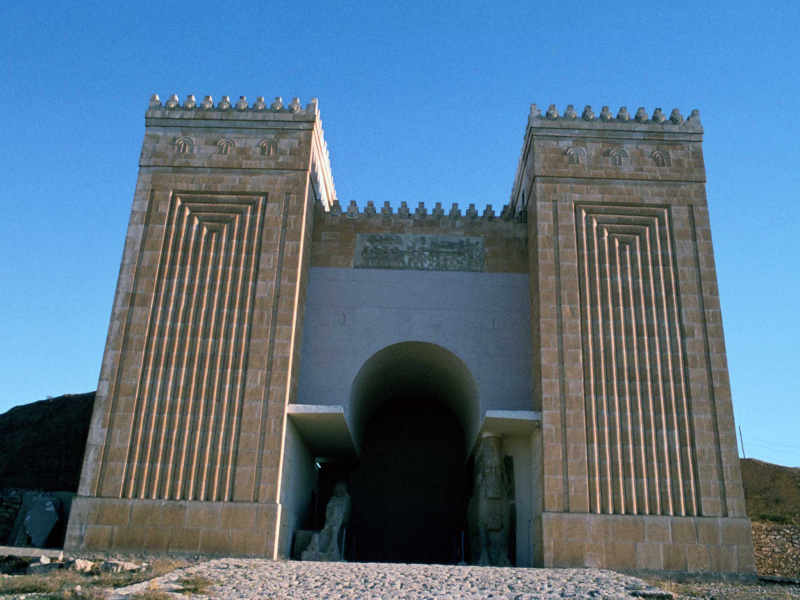
http://www.independent.co.uk/ R. Newell Wood channel on Youtube











